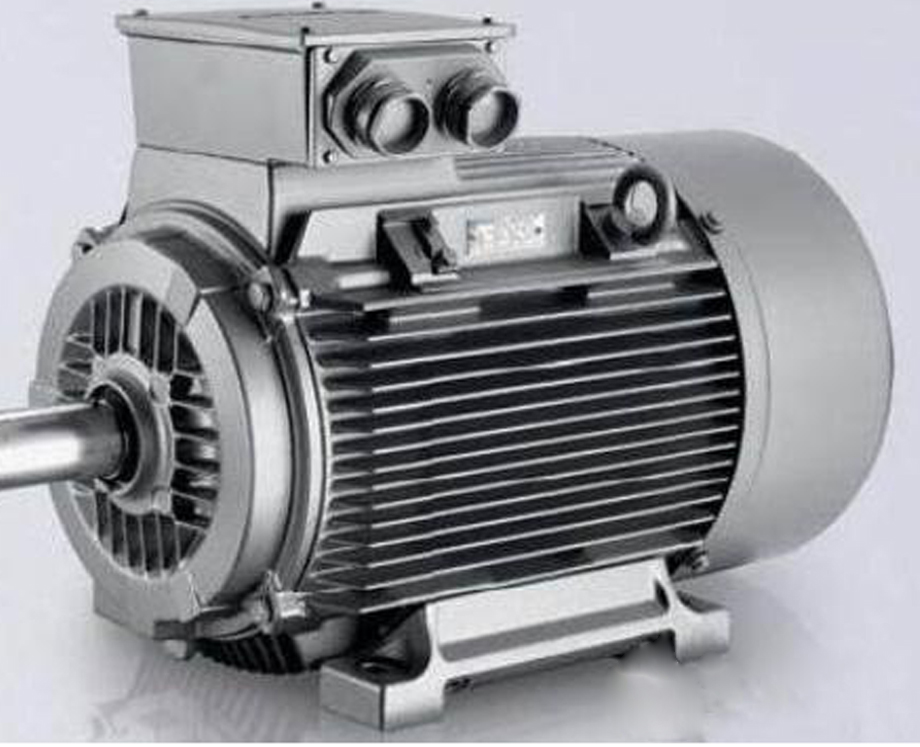Tel:+86-755-84150438/ +86-13556881676
Fax:0755-84150438
Add:Building 11, Lianchuang Technical Park, Bulan Rd, Nanwan Street,Xialilang Community, Longgang District, Shenzhen, China
The AC motor is composed of a stator and a rotor, and the AC motor is divided into a synchronous AC motor and an induction motor. Both types of motors have stator side windings fed with alternating current to generate a rotating magnetic field. However, the rotor windings of synchronous AC motors usually require an exciter to supply direct current (excitation current); while induction motors require no current to be fed to the rotor windings.
1. Induction motor
The structure of a synchronous motor is roughly the same as that of an alternator. It differs from the foundation of an induction motor in that its rotor is a protruding magnetic pole wound with a coil, and the DC excitation current is supplied by another exciter).
Synchronous motors are AC motors, and the stator windings are the same as asynchronous motors. Its rotor rotation speed is the same as the rotating magnetic field generated by the stator winding, so it is called a synchronous motor. Because of this, the current of the synchronous motor is ahead of the voltage in phase, that is, the synchronous motor is a capacitive load. For this reason, in many cases, the synchronous motor is used to improve the power factor of the power supply system.

2. Synchronous motor
The induction motor is also called "asynchronous motor", that is, the rotor is placed in a rotating magnetic field, and under the action of the rotating magnetic field, a rotating torque is obtained, so the rotor rotates. The appearance and internal structure of induction motors are rotatable conductors, usually in the shape of a squirrel cage. The stator is the non-rotating part of the motor. The main task is to generate a rotating magnetic field. The rotating magnetic field is not implemented mechanically. Instead, alternating current is passed through several pairs of electromagnets to change the magnetic pole properties cyclically, so it is equivalent to a rotating magnetic field.
This type of motor does not have brushes or slip rings like DC motors. Depending on the type of AC power used, there are single-phase motors and three-phase motors. Single-phase motors are used in washing machines, electric fans, etc.; three-phase motors are used as power for factories equipment. The relative motion of the rotating magnetic field (the speed of which is the synchronous speed n1) generated by the stator and the rotor winding, the rotor winding cuts the magnetic induction line to generate an induced electromotive force, thereby causing an induced current in the rotor winding. The induced current in the rotor winding interacts with the magnetic field to generate electromagnetic torque, which causes the rotor to rotate. As the rotor speed gradually approaches the synchronous speed, the induced current gradually decreases, and the electromagnetic torque generated also decreases accordingly. When the asynchronous motor works in the state of the motor, the rotor speed is less than the synchronous speed. To describe the difference between the rotor speed n and the synchronous speed n1, slip ratio is introduced.
Tel:+86-755-84150438/ +86-13556881676
Fax:0755-84150438
Add:Building 11, Lianchuang Technical Park, Bulan Rd, Nanwan Street,Xialilang Community, Longgang District, Shenzhen, China

